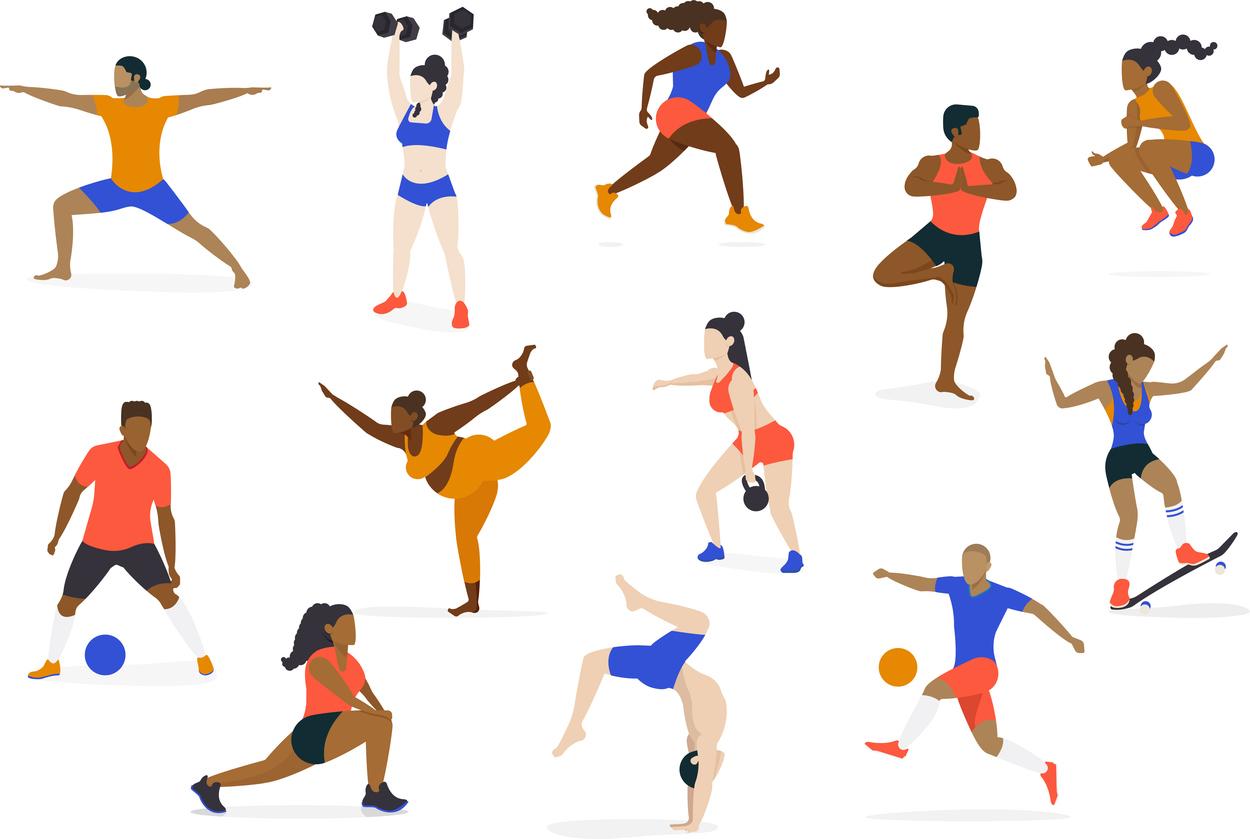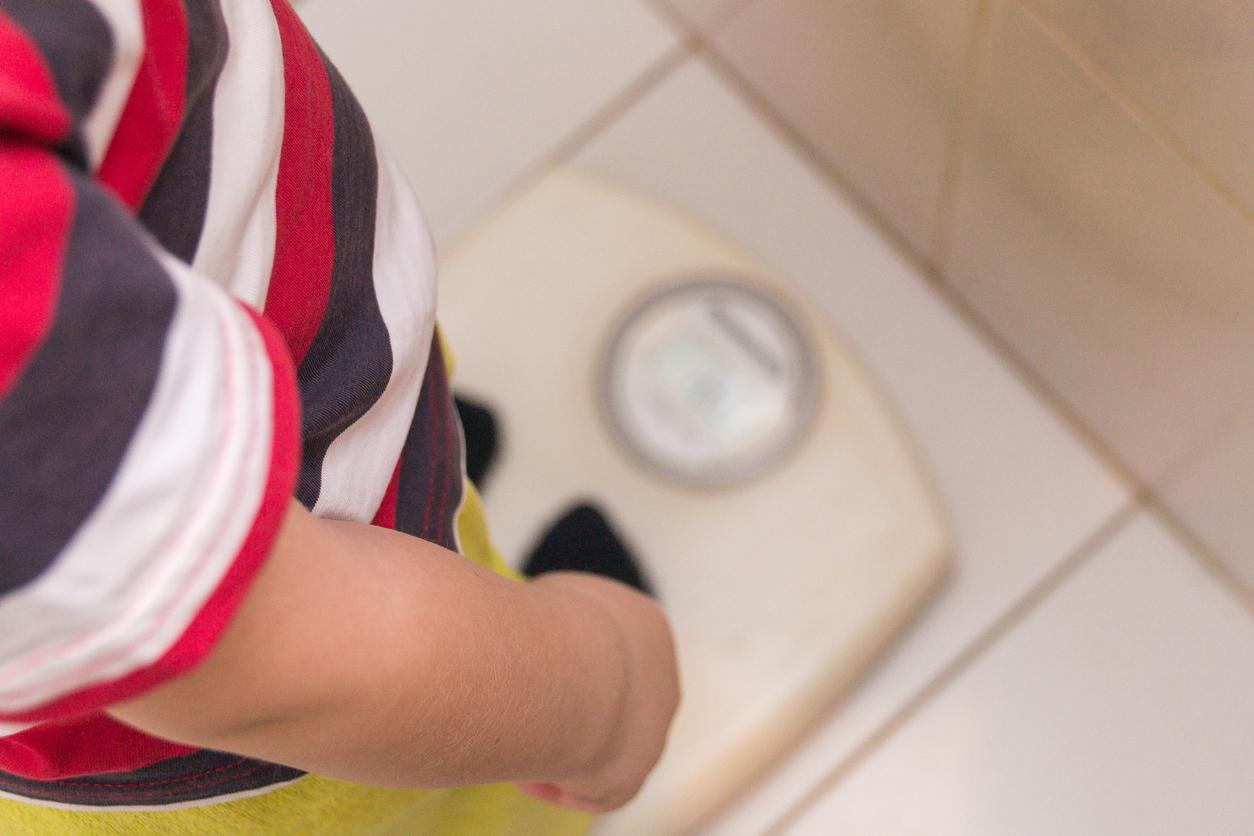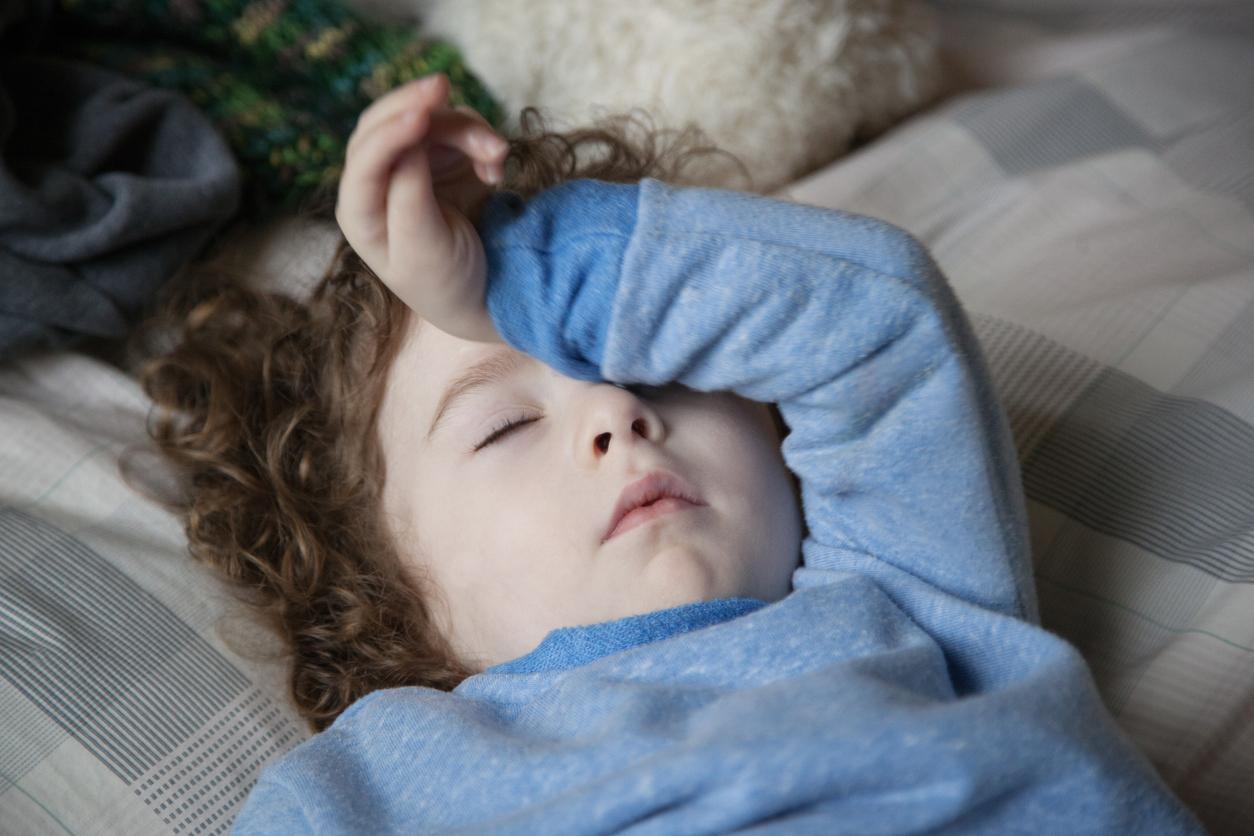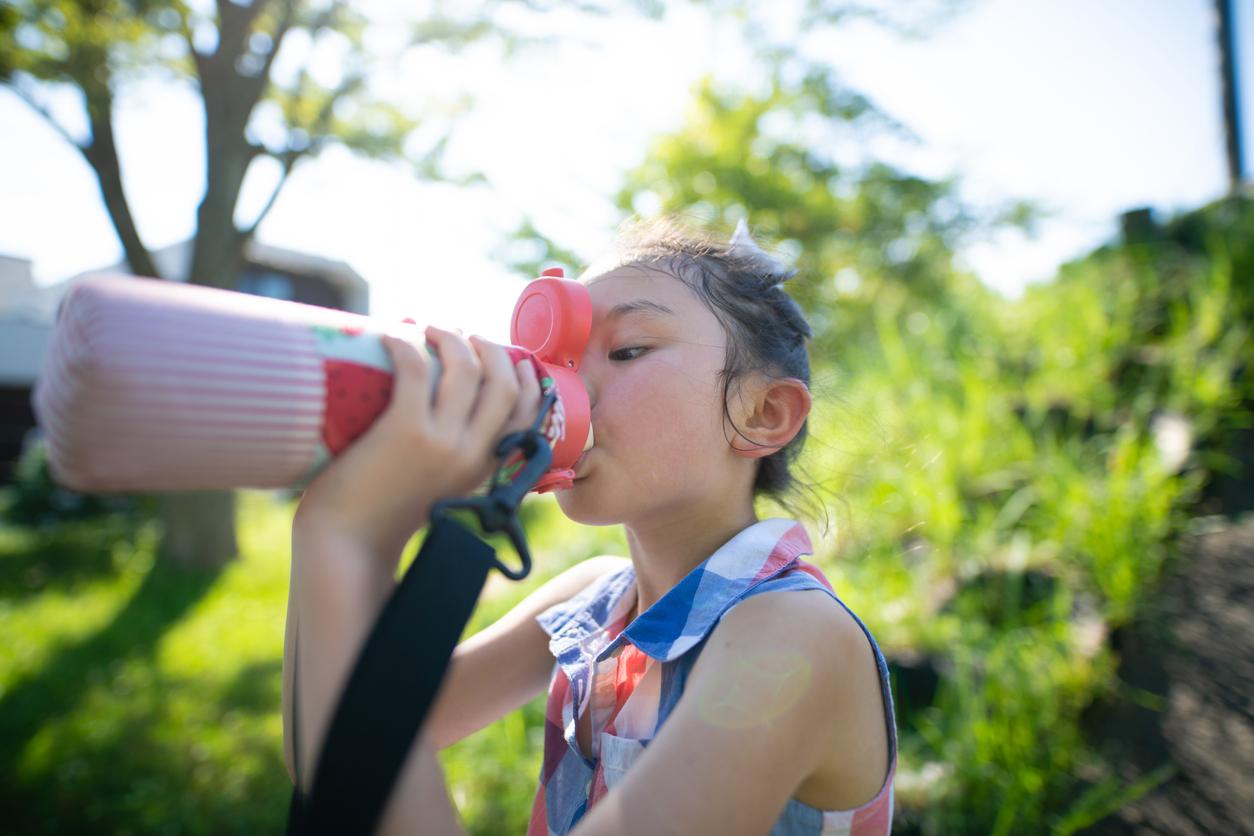A new study looks at a question many parents ask themselves: Why do their children never seem tired? According to the researchers, children’s muscles have a greater resistance to fatigue, which allows them to recover from their efforts more quickly.

This is a question that all parents of children under 10 regularly ask themselves: how is it that their toddlers continue to overflow with energy after having exerted themselves and playing for hours?
Scientists finally have the answer. In a new study published in the journal Frontiers in Physiology, they show that if children never seem to be tired, it is because they recover faster than top athletes such as national level triathletes, long-distance runners or professional cyclists.
Muscles more resistant to fatigue
Their study reveals in particular that the muscles of children have a greater resistance to fatigue. Unlike adults, they only need a short recovery time, allowing them to continue with their games and activities.
“During many of the physical tasks they perform, children may tire earlier than adults because they have limited cardiovascular capacity, tend to adopt less efficient movement patterns, and need to take more action. to travel a given distance “, develop the co-authors of the study Sébastien Ratel, professor of exercise physiology at the University of Clermont-Auvergne and Anthony Blazevich, professor of biomechanics at the University of Edith Cowan, in Australia.
“Our research shows that children overcome some of these limitations through the development of muscles that are resistant to fatigue and the ability to recover very quickly from high intensity exercise.”
Better use of aerobic metabolism
To reach this conclusion, the researchers compared the energy production and recovery rates after a cycling event of three different groups: boys ages 8 to 12, untrained adults, and endurance athletes. Participants’ heart rate, oxygen levels, and lactate elimination rates were checked after each cycling session to measure their rate of recovery. They notably observed how quickly participants recovered using aerobic (i.e. using oxygen from the blood) or anaerobic (not using oxygen, which can lead to muscle fatigue. ). Children outperformed adults in all tests.
“We found that the children made more use of their aerobic metabolism and were therefore less tired during high-intensity physical activities, analyzes Prof. Sébastien Ratel. They also recovered very quickly – even faster than well-trained endurance athletes. – as evidenced by their faster heart rate recovery and ability to remove lactate from the blood. This may explain why children seem to have the ability to play and play again, long after adults have become tired. “
Better prevent the development of diseases in adulthood
For the authors of the study, the results they brought to light could help parents develop the athletic abilities of their offspring. “Many parents wonder how best to develop their child’s athletic potential. Our study shows that muscle endurance is often very good in children, so it is best to focus on other areas such as athletic technique, speed or muscle. This can help optimize physical training in children, so that they do better and enjoy the sport more. “
The results may also provide insight into how the human body moves from childhood to adulthood and how this transition may contribute to the development of diseases such as diabetes. “With the rise in illnesses linked to physical inactivity, it is useful to understand the physiological changes linked to growth that could contribute to the risk of disease, explains Prof. Ratel. Our study indicates that the aerobic form, at least at the level muscle, decreases significantly as children move into adulthood – which happens as diseases, such as diabetes, increase. It would be interesting in future research to determine whether the muscle changes we observed are directly related to disease risk. At least our findings could motivate parents to maintain their children’s fitness as they grow older. “
.

















